Anything For Selena


(Art: Iliana Galvez)
Episode 1: Selena and Me (ENGLISH)
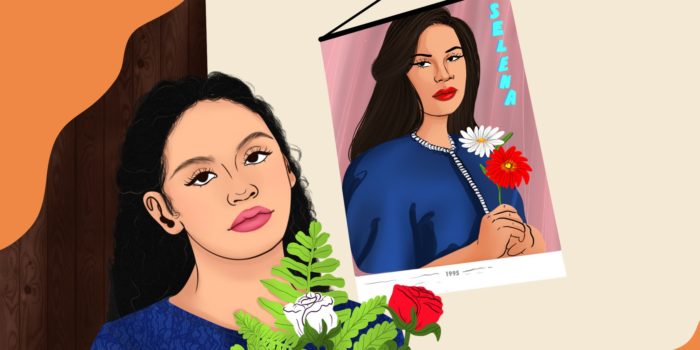

Growing up along the US-Mexico border, Maria Garcia felt torn between her two identities as Mexican and American. But then, something changed her life. She discovered Selena Quintanilla— the Mexican-American pop icon who proved she didn’t have to choose. In the premiere episode of “Anything for Selena,” host Maria Garcia explores how Selena helped Maria find her own place in the world.
Episodio 1: Selena y Yo (Español)
Al crecer a lo largo de la frontera entre Estados Unidos y México, María García se sintió dividida entre sus dos identidades como mexicana y estadounidense. Pero algo cambió su vida. Descubrió a Selena Quintanilla, la ícono que demostró que María no tenía que elegir. En el episodio de estreno de “Anything for Selena”, la conductora María García explora cómo Selena ayudó a María a encontrar su propio lugar en el mundo.
***
Episode 2: Selena and Abraham (ENGLISH)


Maria knows that to truly understand Selena as a person and not just an icon, she needs to go to Corpus Christi. Maria’s quest takes her to Abraham Quintanilla, Selena Quintanilla’s notoriously guarded father. Maria confronts his complicated legacy and reflects on fatherhood in Latinx cultures.
Episodio 2: Selena y Abraham (ESPAÑOL)
María sabe que para entender verdaderamente a Selena como persona y no solo como un ícono, necesita ir a Corpus Christi. La búsqueda de María la lleva a Abraham Quintanilla, el padre de Selena Quintanilla. María confronta el legado complicado de Abraham y reflexiona sobre la paternidad en las culturas Latinx.
***
Episode 3: Birth of a Symbol (ENGLISH)


She became a role model for how Latinos could achieve the American dream and find acceptance. But a forgotten culture war following her death painted a different picture. In the 25 years since her murder, Selena’s image has taken on new meaning. In this episode, Maria traces how Selena became a symbol for solidarity and resistance.
Episodio 3: Nace un símbolo (ESPAÑOL)
En el transcurso de su vida, Selena se convirtió en un símbolo de esperanza. Se transformó en el modelo a seguir de cómo alcanzar la aceptación dentro del sueño americano para todos los Latinos. Pero la manifestación de una guerra cultural oculta luego de su muerte nos revela otra historia. En este episodio Maria le sigue la pista a las razones por las cuales Selena se convirtió en símbolo de solidaridad y resistencia mientras conversa con Curly Velasquez de Pero Like.
***
Episode 4: Big Butt Politics (ENGLISH)
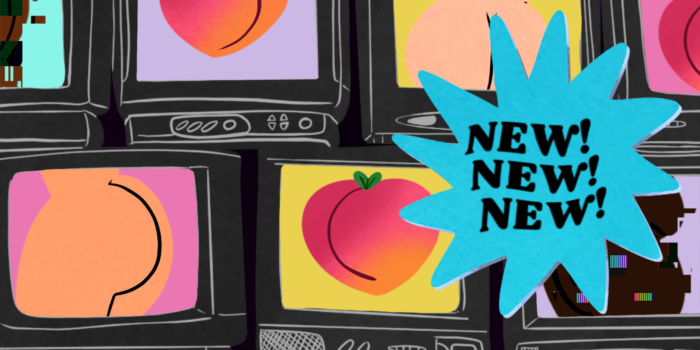

Nearly thirty years ago, Sir-Mix-A-Lot’s raunchy and irreverent single “Baby Got Back (I Like Big Butts)” hit the airwaves to the delight and shock of listeners. The lyrics playfully poked fun at white beauty standards, including a skit at the top of the song in which a seemingly white woman famously says, “Oh, my, God Becky, look at her butt. It is so big… she’s just so, Black!” Fast forward to today, the obsession with large rear ends in hip-hop culture is still strong with idols like Cardi B and Beyonce, but it has also permeated white culture. Kim Kardashian “broke the internet” with her butt and Jen Selter, a white Jewish woman from Long Island is the self-proclaimed “belfie queen” (butt selfie) of Instagram. In this episode, Maria shares her theory about how large butts went from a white girl taboo into a mainstream obsession. The theory involves Selena Quintanilla but also Selena biopic starring Jennifer Lopez and the ensuing Latin Explosion. Ultimately, this journey into U.S. booty politics is about race and brings us to a conversation that’s long been overdue about anti-blackness within the Latinx community.
Episodio 4: La política de las pompis (ESPAÑOL)
Hace casi 30 años, el irreverente y obsceno sencillo Baby Got Back (I Like Big Butts) de Sir Mix-A-Lot debutó en la radio para deleite y espanto de los oyentes. La letra se burlaba juguetonamente de los estándares de belleza blanca, incluyendo una sátira al inicio de la canción en la que una mujer aparentemente blanca le dice a su amiga: “¡Dios mío, Becky, mira su trasero! Es tan grande… ¡Es que ella es tan negra!” Tres décadas después, la obsesión con los traseros grandes en la cultura del hip-hop se mantiene sólida gracias a ídolos como Cardi B y Beyoncé, pero también se ha impregnado en la cultura blanca. Kim Kardashian alborotó internet con su trasero y Jen Selter, una mujer blanca y judía de Long Island, se ha autoproclamado la “belfie queen” (una combinación de las palabras butt, que es trasero en inglés, y selfie) en Instagram. En este episodio, María García comparte su teoría sobre cómo los traseros grandes pasaron de ser un tabú entre las chicas blancas a una obsesión generalizada. La teoría, por supuesto, tiene que ver con Selena Quintanilla, pero también con la película Selena, protagonizada por Jennifer Lopez, y la subsiguiente explosión latina. Este viaje a la política de los traseros en Estados Unidos es a fin de cuentas una exploración de la raza, y nos conduce a una conversación largamente postergada sobre la anti negritud dentro de la cultura latina.
***
Episode 5: Tejano Tension (ENGLISH)
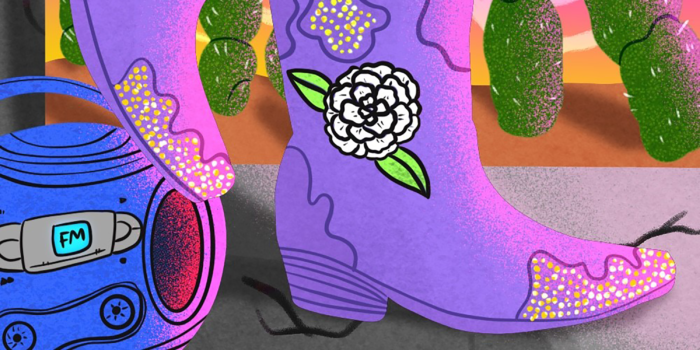

Selena is often called the “Queen of Tejano music.” In the 1990s, she brought this underdog genre to international heights. Tejano award shows were glitzy affairs and Tejano radio DJs were like rock stars in Texas and the Southwest. Even The New York Times called it the fastest-growing Latino genre in the country.
But when Selena died, Tejano went from boom to bust. The story of Tejano’s decline isn’t so simple, though. Maria discovers that it’s a story of immigration, money and how two often-ignored groups were pitted against each other.
Episodio 5: Tensión tejana (ESPAÑOL)
Selena es usualmente descrita como la “reina de la música tejana.” En la década de 1990, fue ella quien elevó este género del pueblo a niveles internacionales. Las ceremonias de premiación de la música tejana eran eventos glamorosos y los DJ de estaciones de radio dedicadas al género eran vistos como estrellas de rock en Texas y el resto del sudoeste de Estados Unidos. Incluso el New York Times lo catalogó “el género latino de más rápido crecimiento del país”.
Pero cuando Selena falleció, la música tejana pasó de la gloria a la decadencia. Sin embargo, la historia de su declive no es tan sencilla. Maria descubre que es una historia de inmigración, de dinero y de cómo dos grupos usualmente ignorados fueron enfrentados entre sí.
***
Episode 6: Spanglish (ENGLISH)
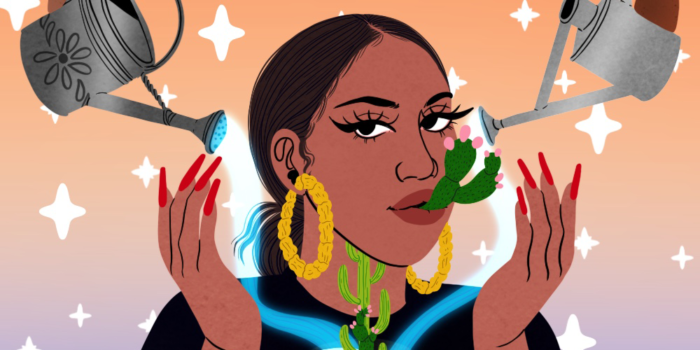

Selena Quintanilla may have built her career singing Spanish songs, but she didn’t grow up speaking Spanish at home. She learned Spanish in the public eye, and her mistakes became some of her most famous and endearing moments.
In this episode, Maria explores why Selena’s Spanglish seemed so revolutionary for its time, and yet so familiar to many fans who also struggled with the language of their heritage. The exploration takes us to an unexpected place.
Episodio 6: Spanglish (ESPAÑOL)
Puede ser que Selena haya hecho una carrera cantando temas en español, pero no se crió hablando español en casa. Aprendió castellano a la vista del público, y los errores que cometió se convirtieron en algunos de sus momentos más famosos y entrañables.
En este episodio, Maria explora por qué el spanglish de Selena parecía tan revolucionario para su época y, a la misma vez, tan familiar para sus fans, quienes también padecían con el idioma de sus padres o antepasados.
Esta exploración nos lleva a un lugar inesperado.
***
Episode 7: Selena and the Internet (ENGLISH)
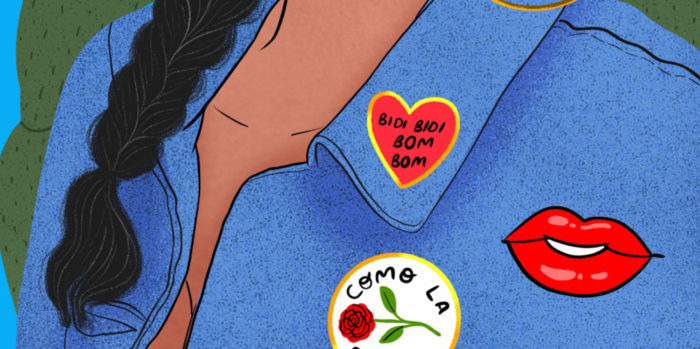

A quarter century after her death, Selena is breaking the internet. Online, Selena’s image and music have taken on new life on social media and platforms that weren’t even imaginable when she was still alive. Selena devotees of all ages have turned to Instagram, TikTok and Youtube to restore and remix Selena’s memory. In this episode, Maria explores how the internet has become a place where fans celebrate and remember Selena, as well as grapple with the void she left behind.
Episodio 7: Selena y la internet (ESPAÑOL)
Un cuarto de siglo después de su muerte, Selena está arrasando en internet. En línea, la imagen y la música de Selena han adquirido nueva vida en redes sociales y plataformas que eran inimaginables cuando ella aún vivía. Sus seguidores de todas las edades han recurrido a Instagram, TikTok y YouTube para restaurar y presentar de nuevas formas la memoria de Selena. En este episodio, Maria explora cómo internet se ha convertido en un lugar en el que los fans honran y recuerdan a Selena, y sobrellevan juntos el vacío que dejó.
***
Episode 8: Selena and Race (ENGLISH)


After the premiere of Selena: The Series on Netflix, some fans claimed Selena had been “whitewashed” in the show. In this episode, Maria analyzes why Selena’s brownness is an essential part of her legacy and reflects on how the exploration of Selena’s race led Maria to revelations about her own identity.
Episodio 8: Selena y raza (ESPAÑOL)
Tras el debut de la serie Selena en Netflix, algunos fans señalaron que la cantante había sido “blanqueada” en ese show. En este episodio, Maria analiza por qué la tez morena de Selena es parte crucial del legado de la reina del tex-mex y reflexiona sobre cómo su exploración de la raza de Selena la condujo a revelaciones acerca de su propia identidad.
***
Episode 9: Selena and Us (ENGLISH)


In the series finale of Anything for Selena, Maria reflects on what her year-long examination into Selena’s legacy reveals about La Reina’s humanity.
Episodio 9: Selena y nosotros (ESPAÑOL)
En el final de la serie Anything for Selena, Maria reflexiona sobre lo que su año de análisis del legado de Selena revela sobre la humanidad de La Reina.
***
Bonus: Selena and Chris
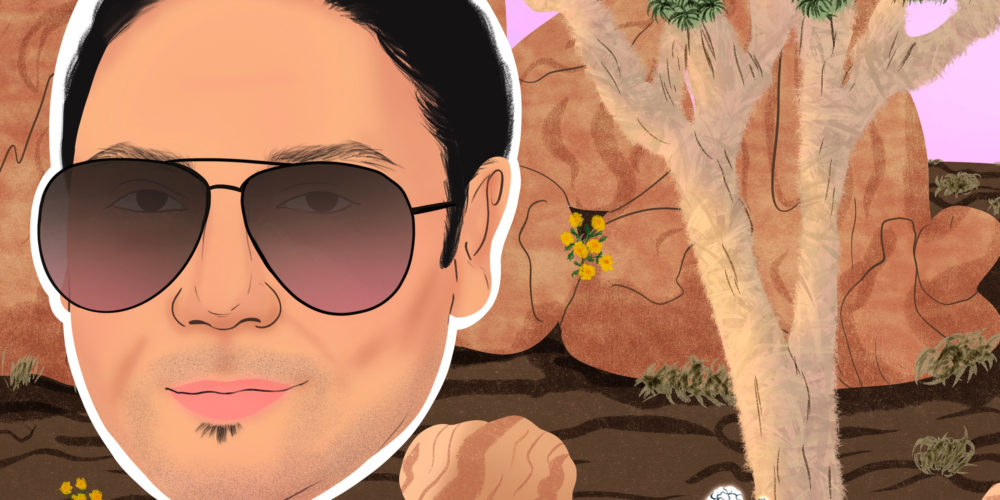

Maria heads to Joshua Tree, California for an intimate interview with Selena’s widower, Chris Perez. Chris shares a side of Selena we rarely get to see, and Maria learns about how love was one of the ways Selena charted her own path.
***
About
On March 31, 1995, nine-year-old Maria Garcia came home to find her mother glued to the TV, tears rolling down her rosy cheeks. The phone kept ringing. Relatives in Mexico and the States wanted to know if Maria’s family was watching, too. American networks and Mexican programming aired the same top story. Selena Quintanilla, the Grammy-winning ascending Mexican American popstar had been killed —swiftly, violently— by the president of her fan club.
The story shook the country and changed Maria’s life.
In Anything For Selena, Maria goes on an intimate, revelatory quest to understand how Selena has become a potent symbol for tensions around race, class and body politics in the United States.
The series weaves Maria’s personal story as a queer, first-generation Mexican immigrant with cultural analysis, history and politics to explore how, 25 years after her death, Selena remains an unparalleled vessel for understanding Latino identity and American belonging.
Anything for Selena is a 10-episode podcast produced in partnership with WBUR.
Meet the Team
Maria Garcia, host
Maria Garcia is the Senior Editor of Arts and Culture at WBUR, where she leads The ARTery, overseeing a team of arts writers, reporters and cultural critics. She was born in Ciudad Juárez and was raised there and in El Paso, Texas, where her family immigrated to when she was 3 years old. She was a broadcast journalist along the U.S.-Mexico border for more than a decade. After that, she transitioned to arts and culture reporting and narrative radio storytelling. She holds a Masters Degree in Arts and Culture Journalism from Columbia Journalism School. She’s also a queer chola who listens to Selena when she needs some motivation.
Producers / Reporters
Kristin Torres comes to Anything for Selena after a decade split between radio and academia. Originally from Fresno, California, Kristin is an NPR Next Generation Radio alum who cut her teeth on the NPR Arts Desk, KQED, St. Louis Public Radio, and as an arts journalist in Russia. A third-generation Mexican-American whose research and quest for belonging took her from the agricultural capital of California to the Ivy League by way of the Midwest and Moscow, Kristin holds advanced degrees in Russian studies from Harvard and the University of Missouri. Her research and reporting explores how politics, history and identity coalesce to create subcultures, folk heroes and pop culture icons.
Antonia Cereijido is an Award-winning Senior Producer at Futuro Studios, working on developing new narrative podcasts. In the past, she was a producer on Latino USA, where she focused on stories about media including the scandal around the book American Dirt, how Dora the Explorer became the most recognized Latina icon in the world, and the stereotype that the Latinx community cries more. She’s been featured on Buzzfeeds’s Another Round, Slate’s Represent and the late night talk show Desus & Mero. She graduated from Northwestern’s Medill School of Journalism.
Juan Diego Ramirez is a production assistant at Futuro Studios and Latino USA. He is a multimedia producer and journalist based in New York. He co-produces and co-hosts Racist Sandwich, a James Beard Foundation nominated podcast on food, class, race, and gender across the globe. As an undocumented immigrant for over 20 years, Juan Diego decided to focus his works on communities that reflect him. When he was granted DACA, he was able to intern for Oregon Public Broadcasting as a production assistant for OPB’s State of Wonder and OPB’s Weekend Edition. He attends Baruch College where he is working towards a journalism degree. You can find more of Juan Diego‘s work on L.A. Taco and Latino Rebels.
Editors
Marlon Bishop is a Peabody Award-winning radio producer and editor with a focus on Latin America, immigration, identity and society, music and the arts. After a decade reporting on music for various outlets, he served as Senior Editor on the public radio program Latino USA. Today, he heads up the editorial podcast team at Futuro Studios, the original programming division of Futuro Media Group. His stories have appeared in The FADER, This American Life, Planet Money, NPR News, Studio 360 and many other outlets.
Ben Brock Johnson is Executive Producer of podcasts for WBUR, where he directs strategic and editorial initiatives involving podcasts and on demand audio. Ben also co-hosts the podcast Endless Thread, has served as a tech correspondent for Here and Now, and has been a guest host for WBUR programs including On Point. Previously Ben was the host of the national daily program Marketplace Tech from American Public Media and Marketplace, reaching two million listeners around the country. At Marketplace Ben also conceptualized and launched APM’s premier digital-first podcast, Codebreaker, in partnership with Business Insider. Codebreaker was hailed as the first completely bingeable podcast, pushing the envelope of the medium with embedded secret codes in each episode, requiring the listener to unlock subsequent episodes by cracking codes. At Marketplace, Ben’s reporting was regularly heard on Marketplace with Kai Ryssdal, The Marketplace Morning Report with David Brancaccio, The BBC, and published in The New York Times.


